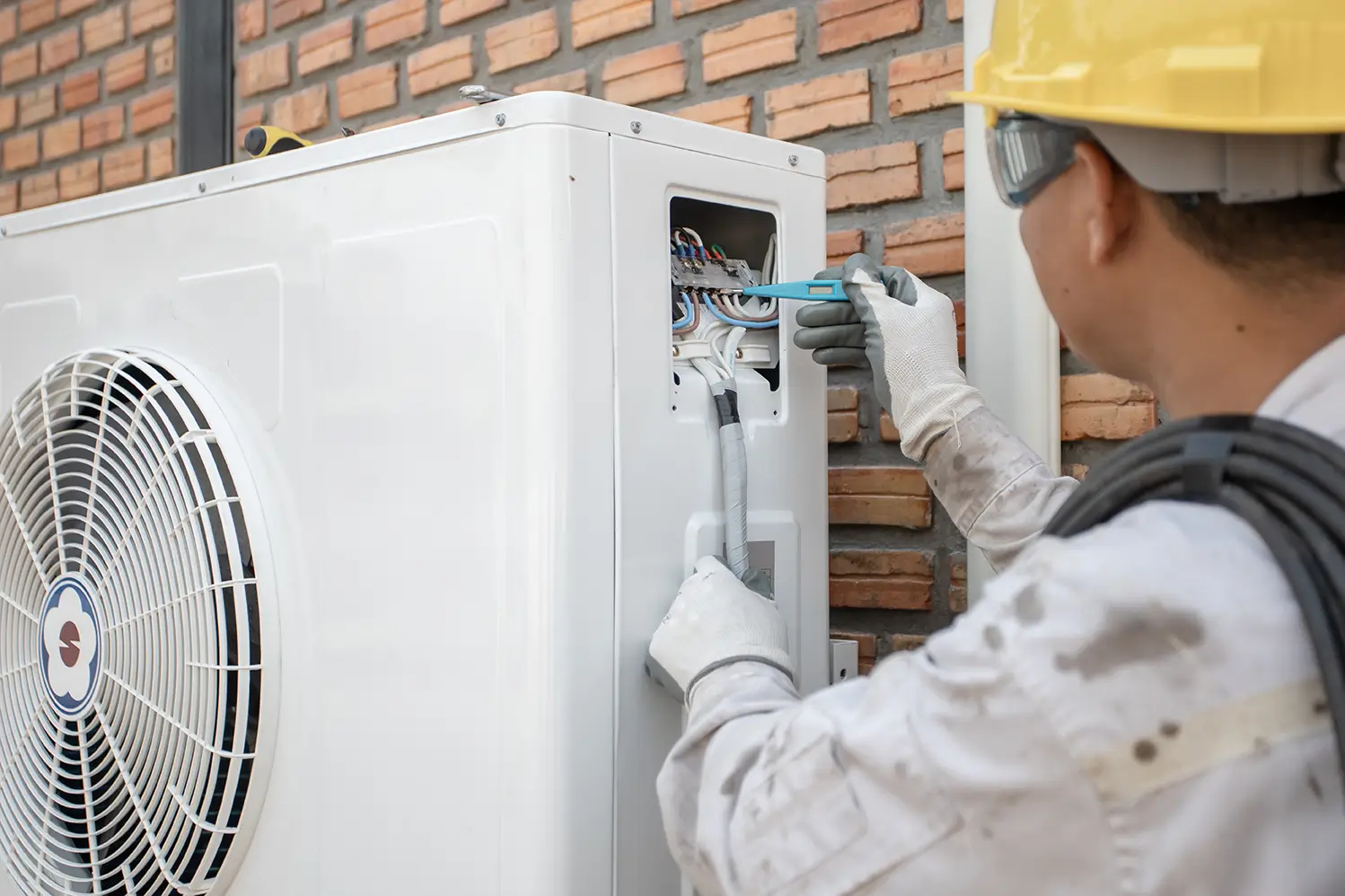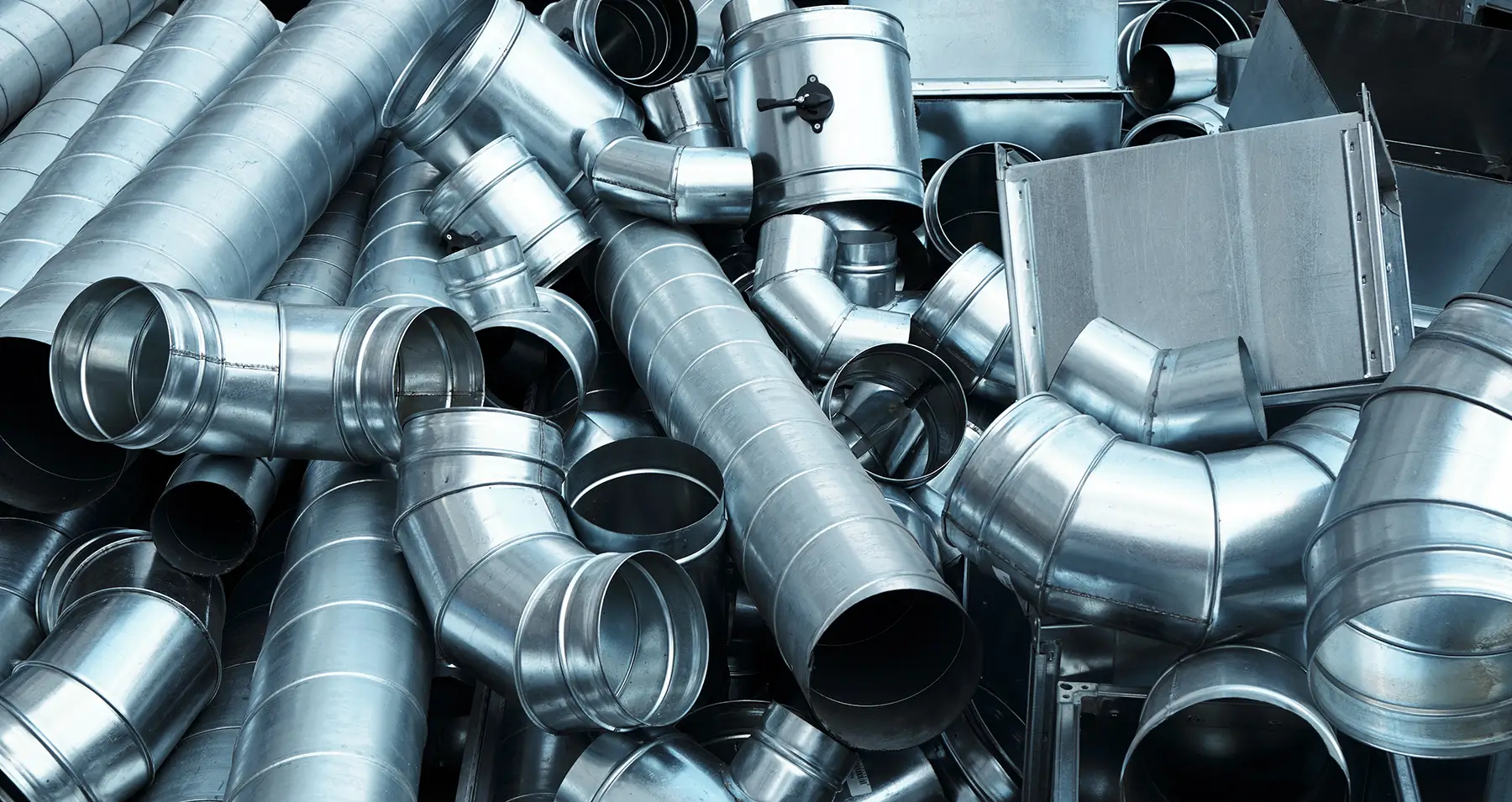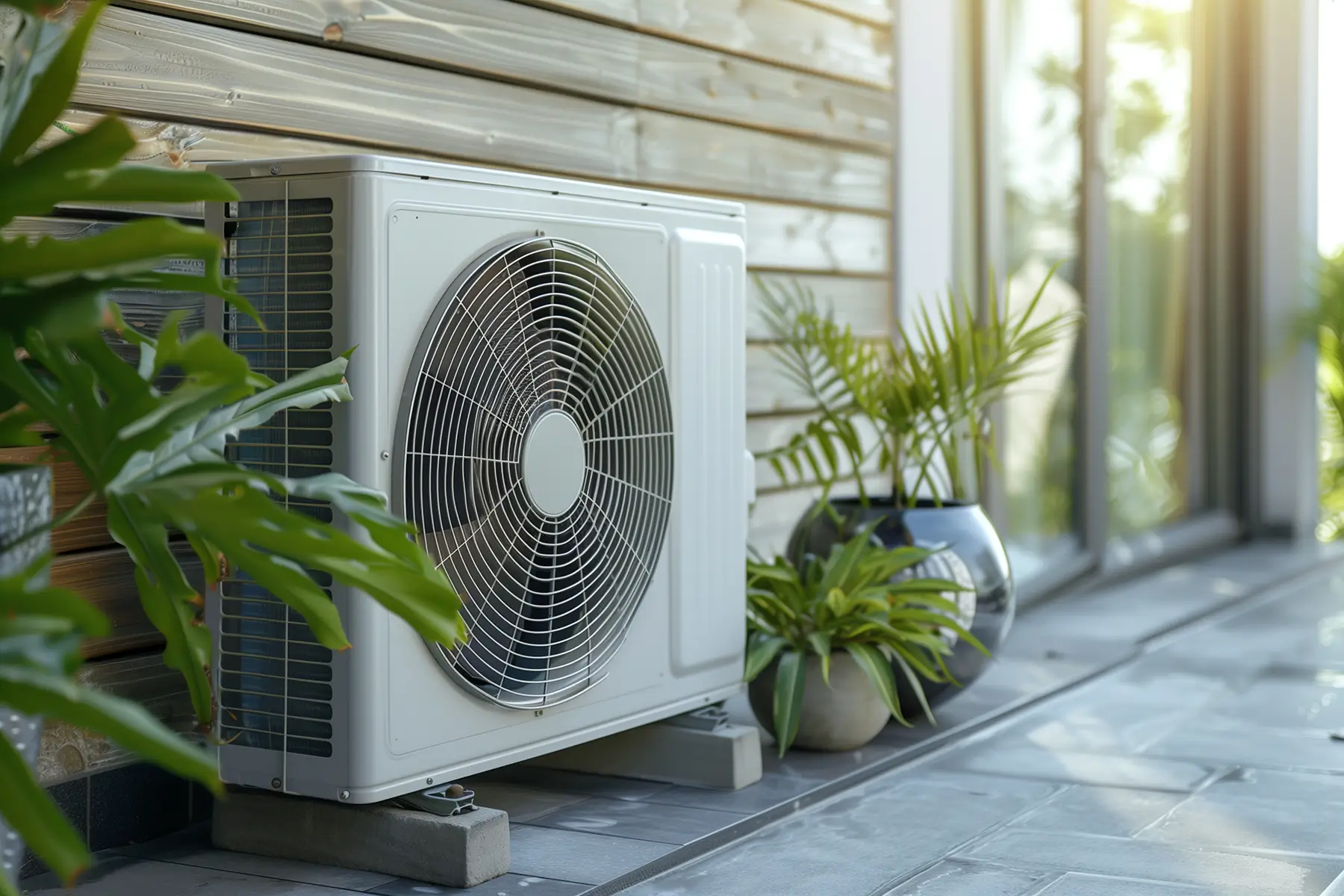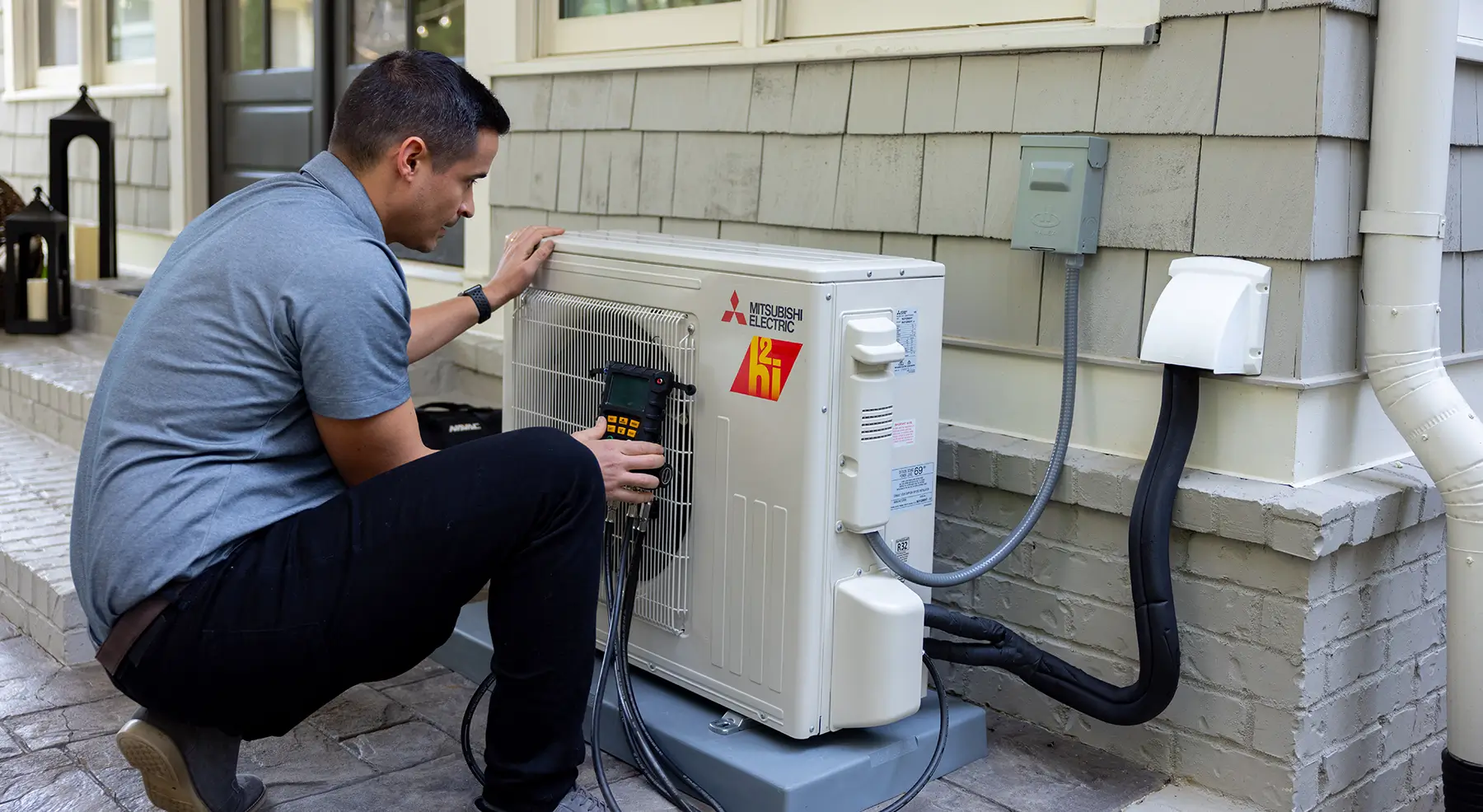Weatherization is a comprehensive approach to improving the energy efficiency of your home by sealing gaps, insulating, and making structural improvements. This practice not only enhances comfort but also plays a pivotal role in reducing home heating costs. In this section, we’ll delve into what weatherization entails, why it’s essential, and provide examples of weatherization measures that can save you money on home heating.
What is Weatherization?
Weatherization refers to the process of making your home more resistant to the effects of weather, primarily by improving insulation and sealing gaps. The primary purpose of weatherization is to minimize heat loss during the cold months and prevent heat gain during the hot months.
How Weatherization Saves on Home Heating Costs
Reduced Heat Loss: By sealing gaps and adding insulation to walls, attics, and floors, weatherization minimizes heat loss, ensuring that the warmth produced by your heating system stays inside your home.
Preventing Drafts: Weatherization measures seal gaps around doors, windows, and other openings, eliminating drafts that can lead to heat loss and increased heating expenses.
Optimal Insulation: Proper insulation in key areas ensures that your heating system operates efficiently, reducing the need for constant heating and lowering energy bills.
Examples of Weatherization Measures
Caulking and Weatherstripping: Sealing gaps around doors and windows with caulk and weatherstripping prevents air leakage.
Attic Insulation: Adding or upgrading attic insulation can have a significant impact on heat retention.
Basement and Crawlspace Sealing: Insulating and sealing these areas prevents cold air infiltration.
Sealing Ductwork: Leaky ducts can result in heat loss; sealing and insulating them can improve system efficiency.
Window Upgrades: Replacing old or single-pane windows with energy-efficient double-glazed or Low-E windows can enhance insulation.
Door Upgrades: Installing insulated exterior doors can reduce drafts and improve energy efficiency.
Roof and Wall Insulation: Ensuring proper insulation in these areas minimizes heat loss through the building envelope.
Ventilation Upgrades: Installing energy-efficient ventilation systems with heat recovery can help maintain indoor air quality while conserving energy.

Benefits of Weatherization:
Lower Energy Bills: Reduced heat loss and improved insulation result in lower heating costs.
Improved Comfort: Weatherization measures eliminate drafts and temperature inconsistencies, creating a more comfortable living environment.
Environmental Impact: By reducing energy consumption, weatherization contributes to a lower carbon footprint and energy conservation.
Health Benefits of Weatherization
In addition to energy savings, weatherization can also have health benefits. Proper sealing and insulation help maintain a consistent indoor environment, which can reduce the risk of cold-related illnesses, such as hypothermia. Weatherization also contributes to better indoor air quality by preventing drafts that can carry allergens and pollutants into your home.
Home Weatherization Kits
Some homeowners may opt for DIY weatherization projects. Home weatherization kits are available and can include items like weatherstripping, door sweeps, window films, and pipe insulation. These kits are a convenient and budget-friendly way to start weatherizing your home.
Energy Audits and Weatherization
Home energy audits often go hand in hand with weatherization. Before implementing weatherization measures, it’s beneficial to have a clear understanding of your home’s specific energy inefficiencies, which an energy audit can provide. This ensures that you address the most critical areas for maximum energy savings.
Professional vs. DIY Weatherization
While many weatherization tasks can be DIY projects, some may require professional expertise, especially when dealing with insulation, ductwork, or major structural improvements. Knowing when to hire a professional is crucial to achieving the best results and avoiding costly mistakes.
Financial Assistance Programs for Weatherization
To encourage homeowners to weatherize their properties, various financial assistance programs are available at the federal, state, and local levels. These programs often offer grants, low-interest loans, or tax incentives for weatherization projects, making it even more accessible and affordable for homeowners.
Energy Efficiency Rebates
Similar to the financial assistance programs, energy efficiency rebates, provided by utility companies or government agencies, can offset the cost of weatherization. These rebates often require homeowners to meet certain energy-saving criteria, which can further encourage comprehensive weatherization projects.
Weatherization is a multifaceted approach to improving your home’s energy efficiency, enhancing your comfort, and lowering heating costs. By taking advantage of financial assistance programs, considering health benefits, and incorporating energy audits, you can maximize the impact of your weatherization efforts, leading to significant long-term savings. Whether you choose DIY measures or professional assistance, weatherization is a valuable investment in your home’s efficiency and your family’s well-being.




